Slab with an eagle grabbing a hare 11th-12th century, marble Regional Directorate of Museums Campania Naples, San Martino Museum
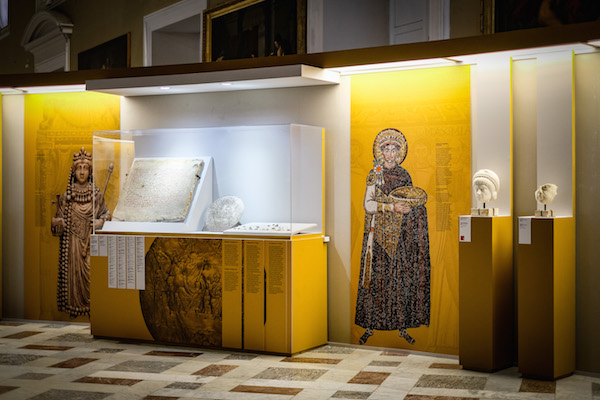
“Byzantines. Symbols and communities of a millennial empire” I Courtesy National Archaeological Museum of Naples
“There is an archaeological Campania after the fall of Rome,” he explained the director Paolo Giulierini: “Telling the thousand years of this empire in a large exhibition is for MANN a new stage in the journey, which started from the Lombards, towards a more complete identity of our own museum. Byzantine Naples is a crucial theme and for many it will be a surprise, to discover an intertwining of destinies between the city and the Empire along six centuries, after submission to Rome, the longest stretch in its history. And even when the Byzantine dominion of Naples evaporated, the link with the Empire was never denied and became a driving force to keep alive the contacts with the Mediterranean, the tension towards other worlds”.
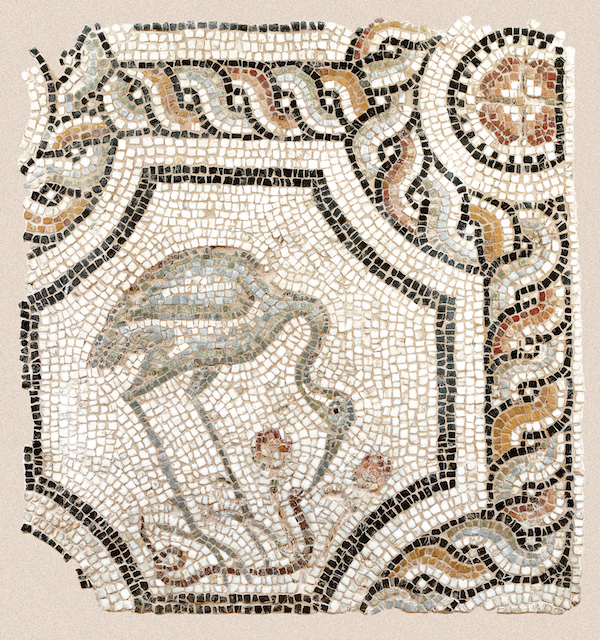
Fragment of a mosaic floor, 5th century. Athens, Byzantine and Christian Museum
Curated by Federico Marazzi, Byzantines. Symbols and communities of a millennial empire is a journey through history between antiquity and the Middle Ages, which begins with the foundation of Constantinople in 330 BC, comes to life with the fall of the Western Roman Empire and stretches up to the thirteenth century, when, with the fourth crusade, the capital on the Bosphorus falls under Latin rule, effectively triggering the dissolution of the Empire. Until 13 February, iconic masterpieces and never-exhibited works will illustrate this story in the monumental Salone della Meridiana: on display sculptures, mosaics, paintings, architectural decorations, ceramics, jewels of rare refinement, sacred jewelery and everyday objects, as well as extremely precious illuminated volumes testify how many scientific and philosophical works written in Greek have reached us thanks to Byzantine intermediation.
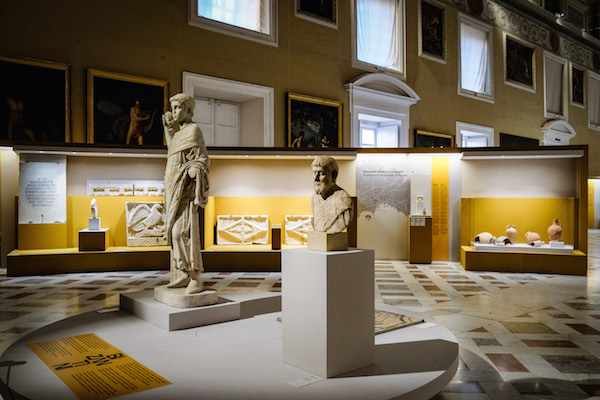
“Byzantines. Symbols and communities of a millennial empire” I Courtesy National Archaeological Museum of Naples
Among the Gold of Senise and the icon of Sant’Anastasia arrived from Naxos, the Silver Disc of Galla Placidia and the cameo of San Demetrio from the Farnese Collection, we will discover the cargo of the famous Marzamemi Wreck, a ship sunk off the coast of Sicily under Justinian, while transporting architectural elements intended for the construction of a church in the Italian domains. And then the portraits of the emperors, lined up in a real gallery, up to a selection of exhibits on display for the first time, found during the excavations of the subways of Naples and Thessaloniki.
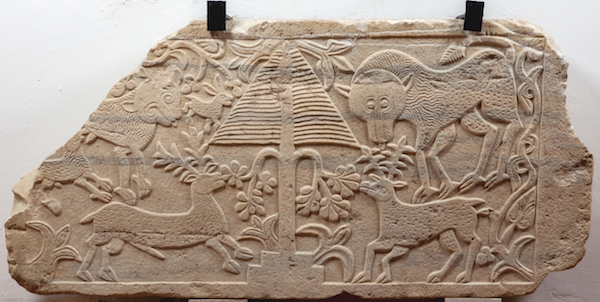
Slab depicting the tree of life, 10th century, marble (Provenance: Agrigento, hill of the temples). Agrigento, Pietro Griffo Regional Archaeological Museum
A separate chapter is dedicated to the links between Byzantium and Naples, which was Byzantine for six centuries: from the conquest by Belisarius in 536 AD until 1137, when, after the death of the last duke Sergius VII, the city surrendered to the king of Sicily, the Norman Roger II. A notable autonomy and fruitful cultural contaminations characterized life in Naples for at least half of this period, as evidenced by inscriptions, sculptures and objects of daily life along the itinerary of the exhibition. Suspended between East and West, antiquity and the Middle Ages, the Byzantines thus become the symbol of a composite and multi-ethnic world, destined to act as a link between Greece, the Arab and Iranian cultures and the Christian Europe under construction.
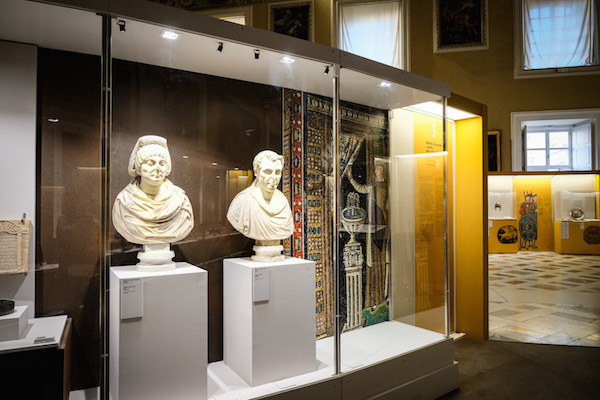
“Byzantines. Symbols and communities of a millennial empire” I Courtesy National Archaeological Museum of Naples

